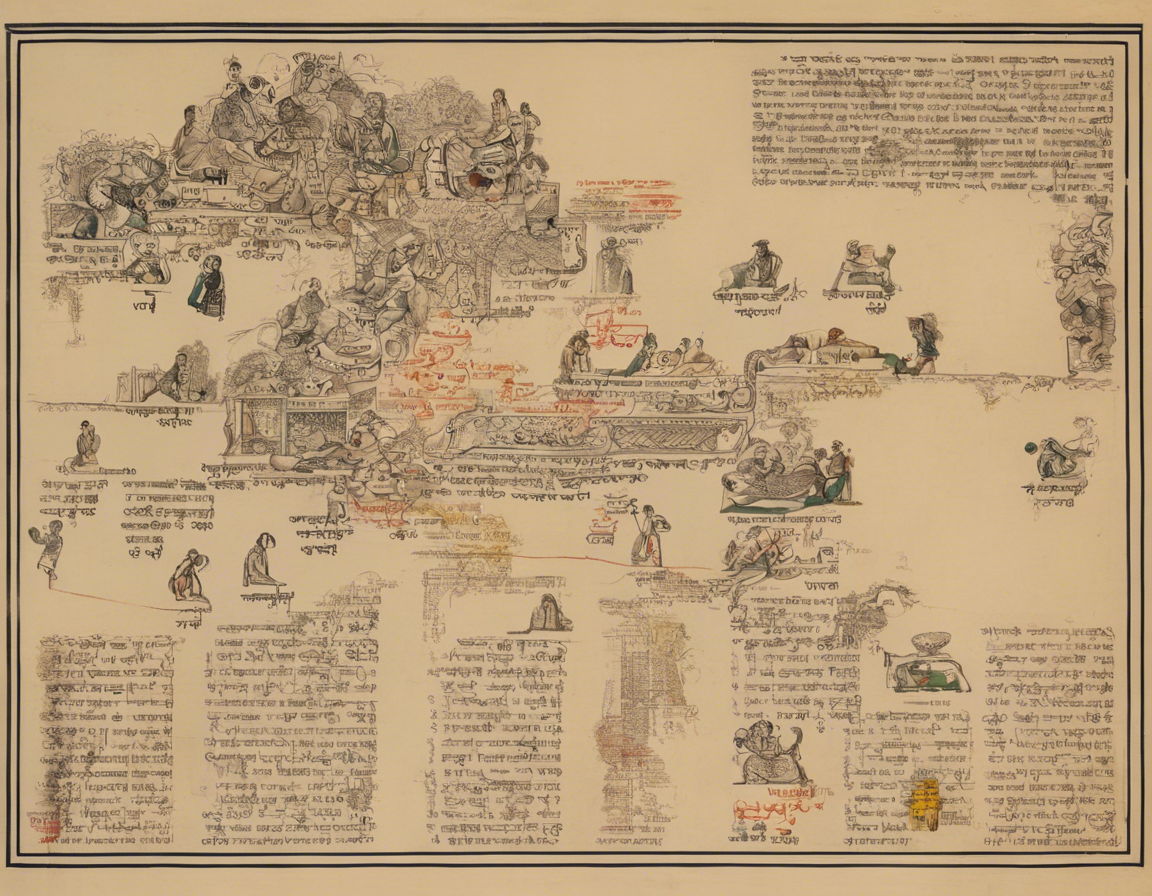Translating Hindi to Telugu: A Comprehensive Guide
Translating from one language to another can be a challenging yet rewarding task. Each language has its own unique nuances, expressions, and cultural context that must be carefully considered to ensure an accurate translation. In this guide, we will explore the intricacies of translating from Hindi to Telugu, two major languages spoken in India with rich histories and vast speaker populations.
Understanding Hindi and Telugu:
Hindi is one of the most widely spoken languages in India, primarily in the northern and central regions. It is an Indo-Aryan language derived from Sanskrit and is the official language of the Indian government.
Telugu, on the other hand, is a Dravidian language spoken predominantly in the southern Indian state of Andhra Pradesh and Telangana. It is one of the oldest languages in India with a rich literary heritage dating back centuries.
Challenges in Translating from Hindi to Telugu:
-
Script Differences: One of the primary challenges in translating from Hindi to Telugu is the difference in scripts. Hindi is written in the Devanagari script, while Telugu uses its own script, which is vastly different.
-
Grammatical Variances: Hindi and Telugu have different grammatical structures, sentence formations, and word orders. Understanding these variations is crucial for an accurate translation.
-
Cultural Sensitivities: Languages are deeply intertwined with culture, and nuances in expressions, idioms, and colloquialisms must be carefully considered to ensure an appropriate translation.
Tips for Effective Translation:
-
Understand Cultural Context: Before translating, familiarize yourself with cultural nuances, regional differences, and historical contexts that may impact the translation.
-
Use Professional Translators: If possible, hire professional translators who are fluent in both Hindi and Telugu to ensure accuracy and cultural sensitivity.
-
Maintain Clarity and Simplicity: Keep the translation clear, concise, and simple to ensure the message is accurately conveyed to the target audience.
Key Differences in Language Structure:
-
Vocabulary: While Hindi and Telugu share some vocabulary due to historical interactions, there are significant differences in word choices and meanings that must be carefully translated.
-
Sentence Structure: Hindi follows a subject-object-verb (SOV) order, while Telugu typically follows a subject-object-verb (SOV) order. Understanding these differences is crucial for accurate translation.
Frequently Asked Questions (FAQs):
- Can I use online translation tools to translate from Hindi to Telugu?
-
While online tools can provide a rough translation, they often lack accuracy in capturing the nuances of language and cultural context. It is recommended to use professional translators for precise translations.
-
What are some common challenges in translating religious texts from Hindi to Telugu?
-
Translating religious texts involves understanding complex theological concepts, cultural references, and historical contexts, which can be challenging to convey accurately in another language.
-
How can I ensure a culturally sensitive translation from Hindi to Telugu?
-
To ensure cultural sensitivity, work with translators who are native speakers of the target language and have a deep understanding of both cultures. It is essential to avoid literal translations that may not resonate with the target audience.
-
Are there any online resources available for learning Telugu for Hindi speakers?
-
Yes, there are several online platforms and resources available for learning Telugu for Hindi speakers, including language learning apps, websites, and online courses.
-
What are some tips for translating poetry from Hindi to Telugu?
- Translating poetry requires a deep understanding of literary devices, metaphors, and poetic forms in both languages. It is essential to preserve the poetic essence while capturing the meaning accurately.
In conclusion, translating from Hindi to Telugu requires a thorough understanding of both languages, cultural contexts, and linguistic nuances. By following the tips outlined in this guide and working with professional translators, you can ensure accurate and culturally sensitive translations that resonate with the target audience.
